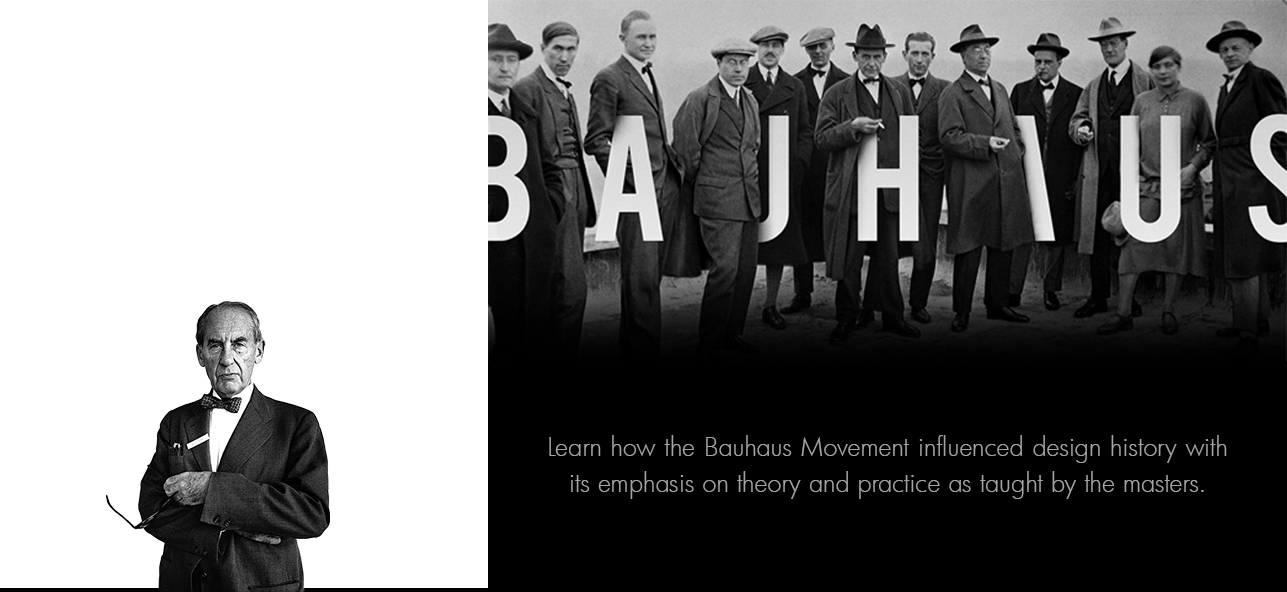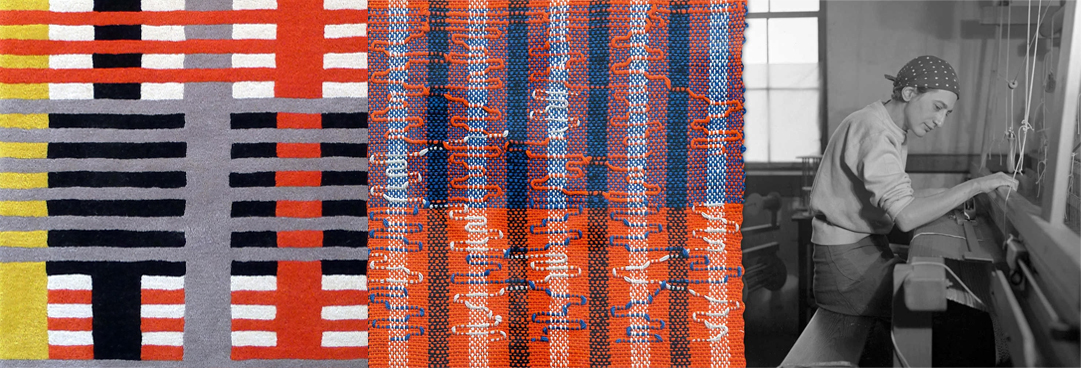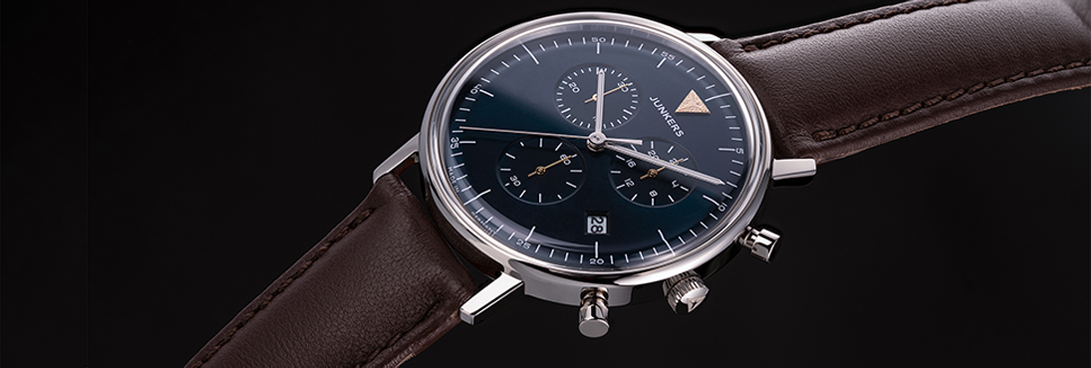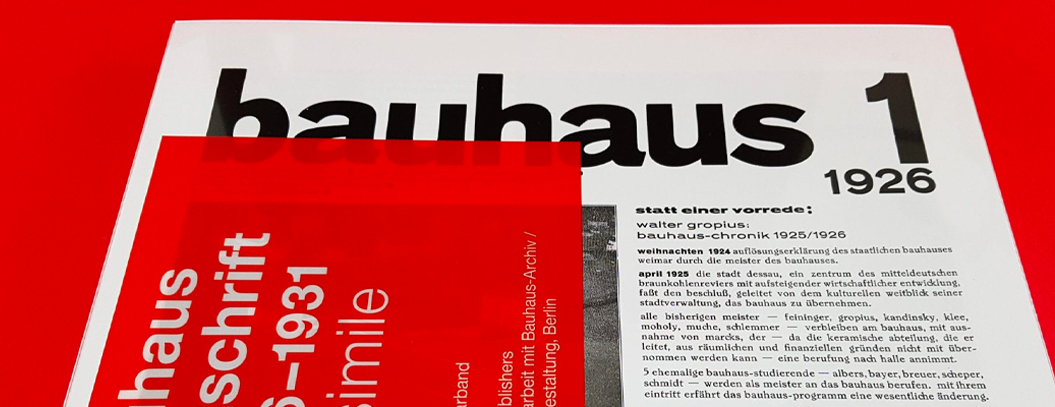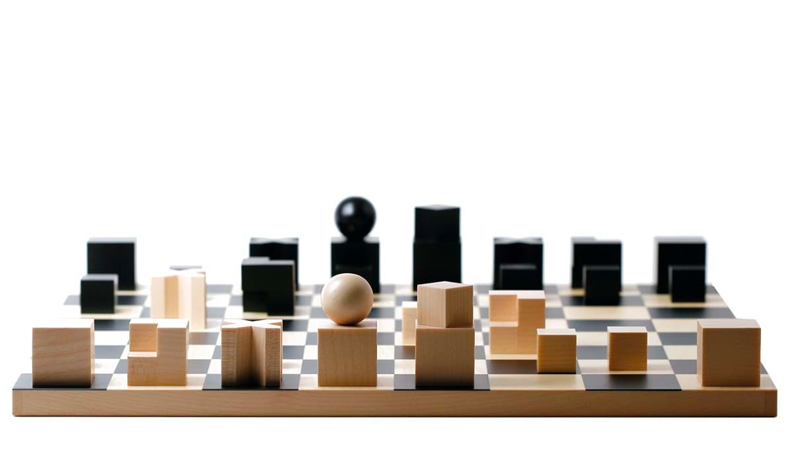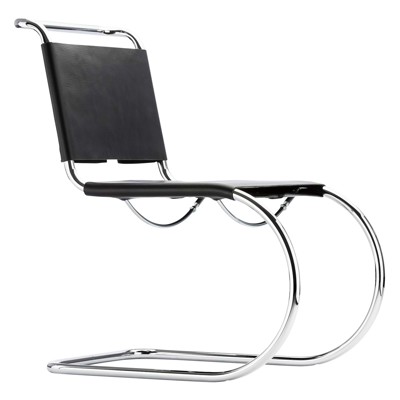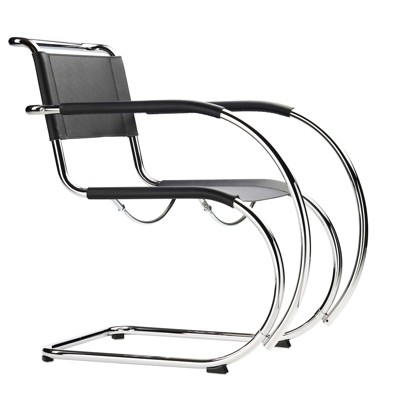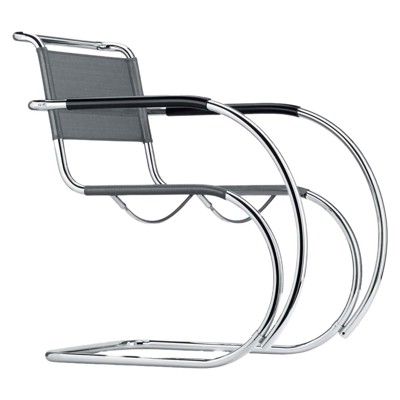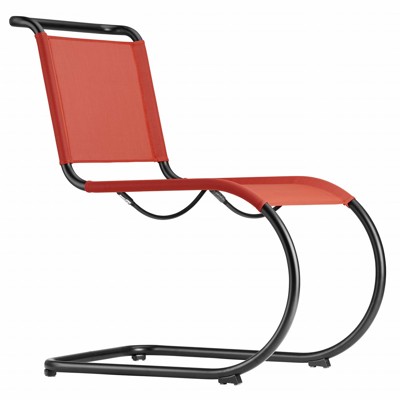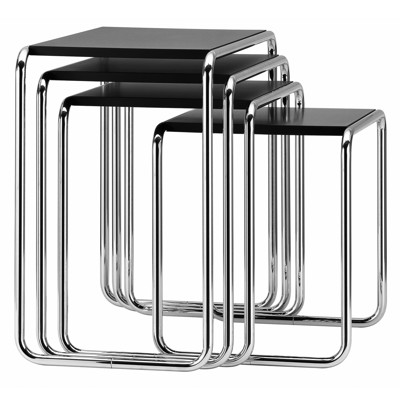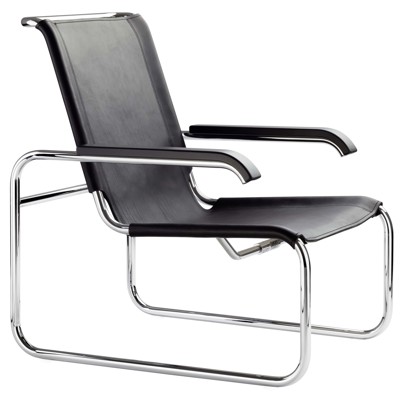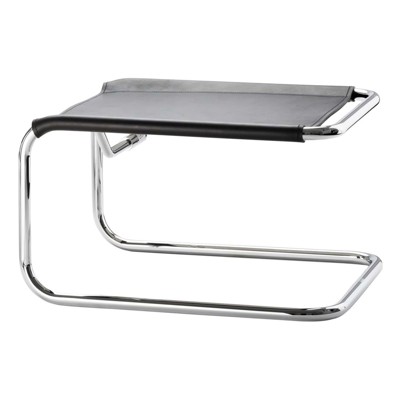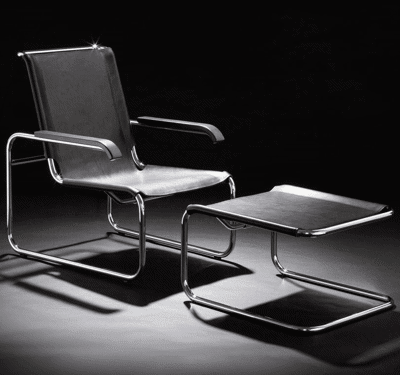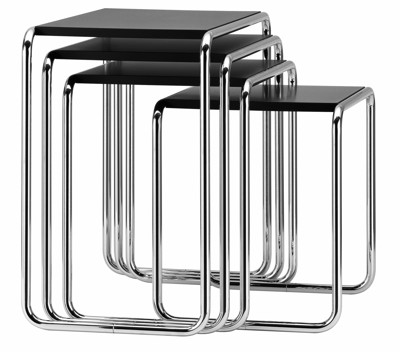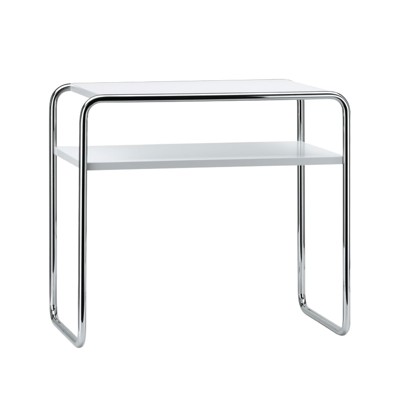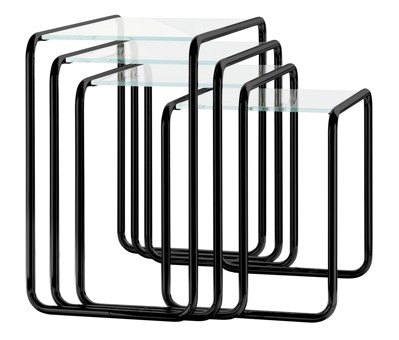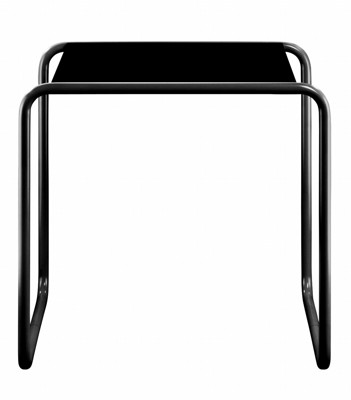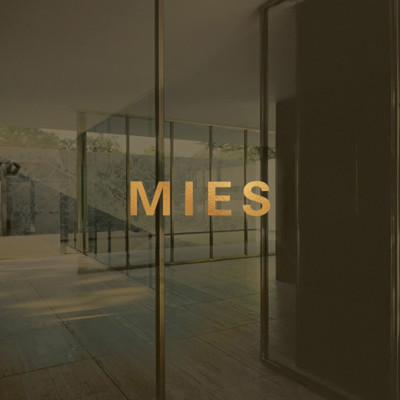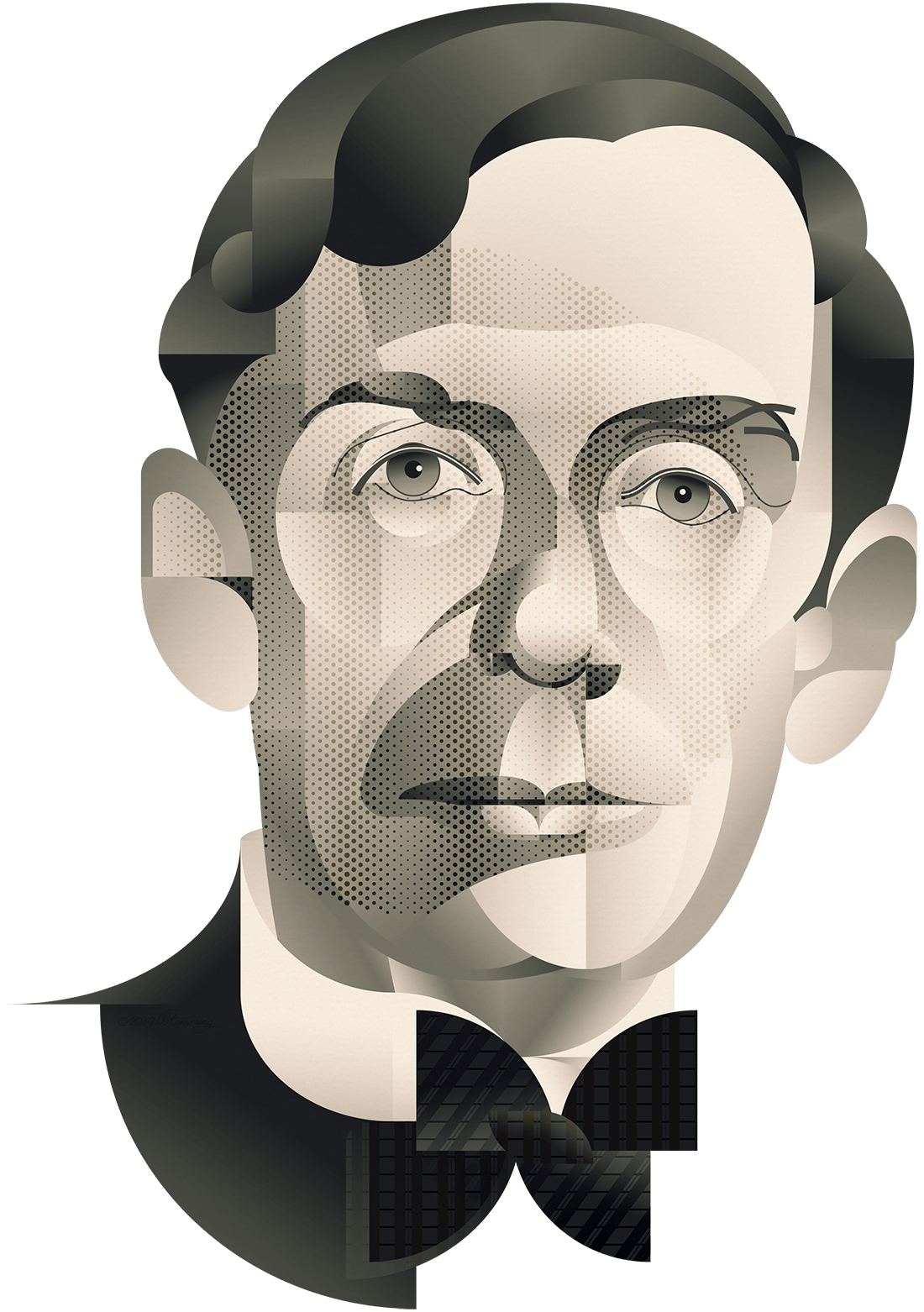
Ludwig Mies van der Rohe
1-13 of 13
THONET
Cantilever Chair S 533 L - Mies van der Rohe - 1927
Timeless elegance with the comfort of an armchair: the cantilever chair S 533 L
7-10 Days
1.950,00 €
THONET
Cantilever Chair S 533 LF - Mies van der Rohe - 1927
Timeless elegance with the comfort of an armchair: the cantilever chair S 533 LF
7-10 Days
2.490,00 €
THONET
Cantilever Chair S 533 NF - Mies van der Rohe - 1927
Timeless elegance with the comfort of an armchair: the cantilever chair S 533 NF
7-10 Days
1.495,00 €
THONET
Cantilever Chair S 533 N - Mies van der Rohe - 1927
Timeless elegance with the comfort of an armchair: the cantilever chair S 533 N
7-10 Days
1.195,00 €
THONET
B 9 Side Tables Set - Marcel Breuer - 1925
From experiment to tubular steel classics - the set tables and stools B 9
7-10 Days
2.750,00 €
THONET
S 35 L Armchair - Marcel Breuer - 1929
Cantilevering with a single line - the tubular steel armchair S 35
7-10 Days
From 3.150,00 €
THONET
Ottoman S 35 LH - Marcel Breuer - 1929
Marcel Breuer's Ottoman S 35 LH, suitable for tubular steel armchair S 35.
7-10 Days
From 1.590,00 €
THONET
S 35 L Armchair + S 35 LH Ottoman Marcel Breuer
Cantilevering with a single line - The armchair S 35 L and the matching ottoman S 35 LH by Marcel Breuer.
7-10 Days
4.350,00 €
Lowest:
4.645,00 €
THONET
B 9 Nesting Tables - Marcel Breuer
From experiment to tubular steel classics - The B9 side tables perfected by Marcel Breuer
7-10 Days
From 650,00 €
THONET
B 9 D/1 Nesting Table - Marcel Breuer
From experiment to tubular steel classics - The B9 side tables perfected by Marcel Breuer
7-10 Days
1.195,00 €
THONET
B 9 All Seasons Nesting Tables - Marcel Breuer
From experiment to tubular steel classics - The B9 side tables perfected by Marcel Breuer
7-10 Days
From 650,00 €
THONET
B 9 B Nesting Table Classics in Colour
From experiment to tubular steel classics - The B9 side tables perfected by Marcel Breuer
7-10 Days
695,00 €
Phaidon Publisher
Mies
The classic and definitive monograph on iconic architect Mies van der Rohe
7-10 Days
125,00 €

